How New York City’s female teachers led the charge for ‘Equal Pay for Equal Work’
Learn more!
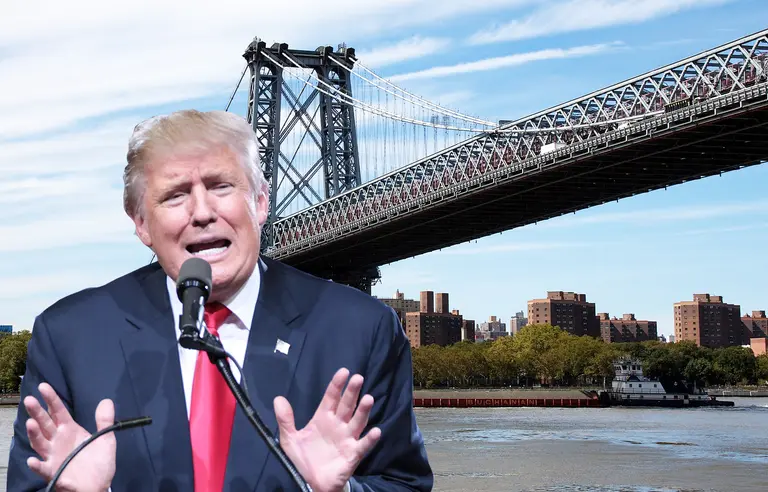
Williamsburg Bridge and Donald Trump via Wiki Commons
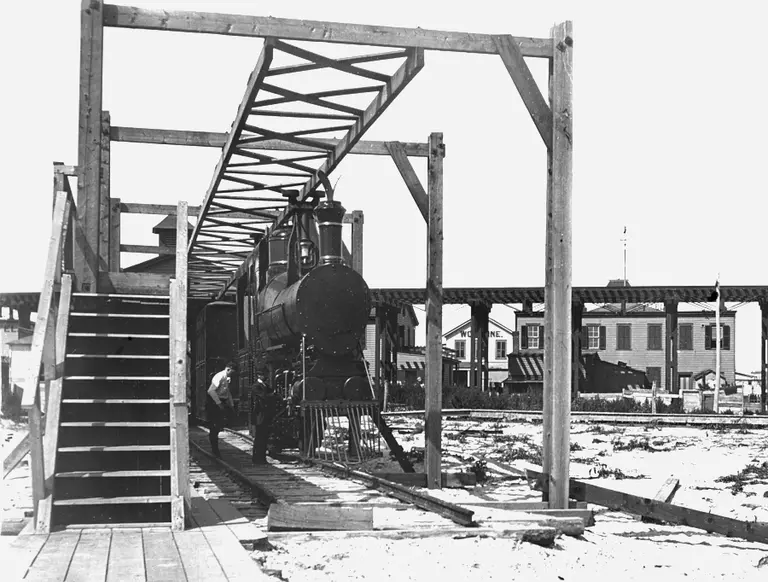
Boynton’s Bicycle Railroad, via Wiki Commons
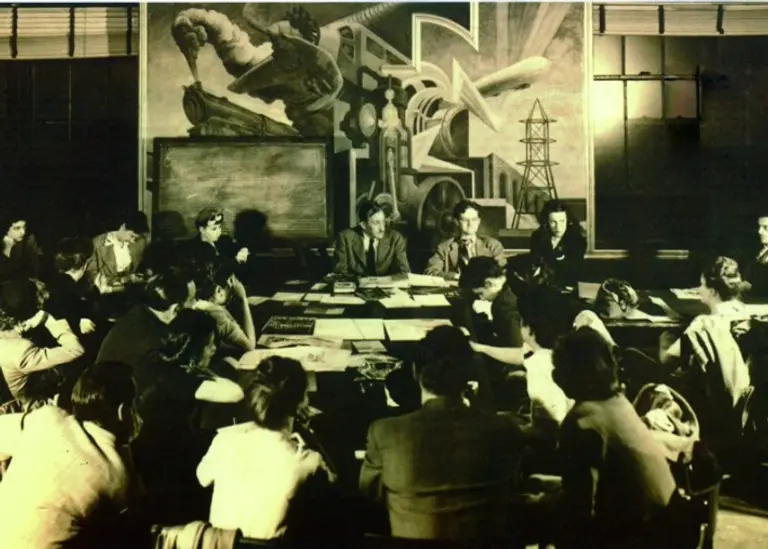
L’Ecole Libre des Hautes Etudes at the New School in 1942, via France-Amerique
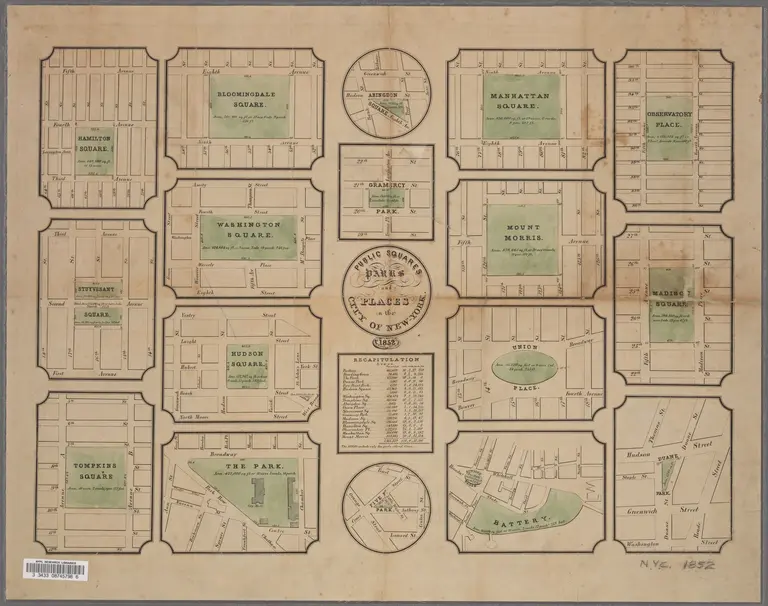
“Public squares, parks, and places in the City of New York.” Via NYPL Digital Collections.
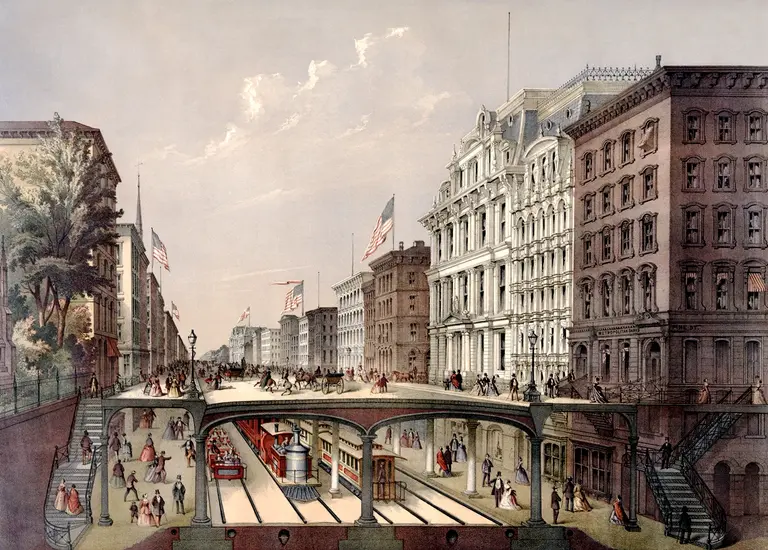
Broadway Arcade Railway, 1884, New York Transit Museum, via Wikimedia Commons
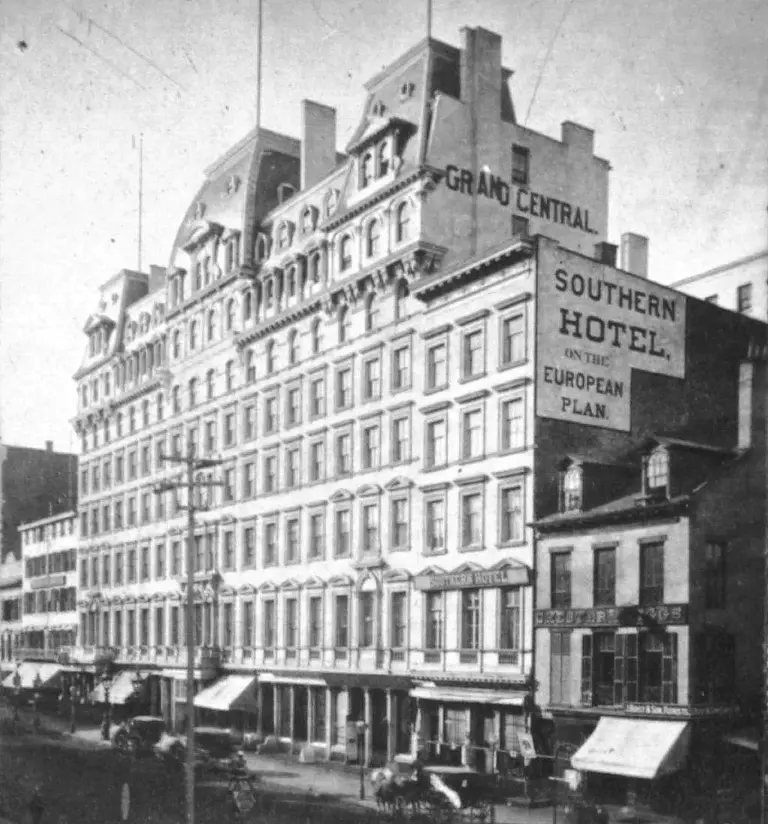
The Grand Central Hotel in the late 1800s, via Wiki Commons
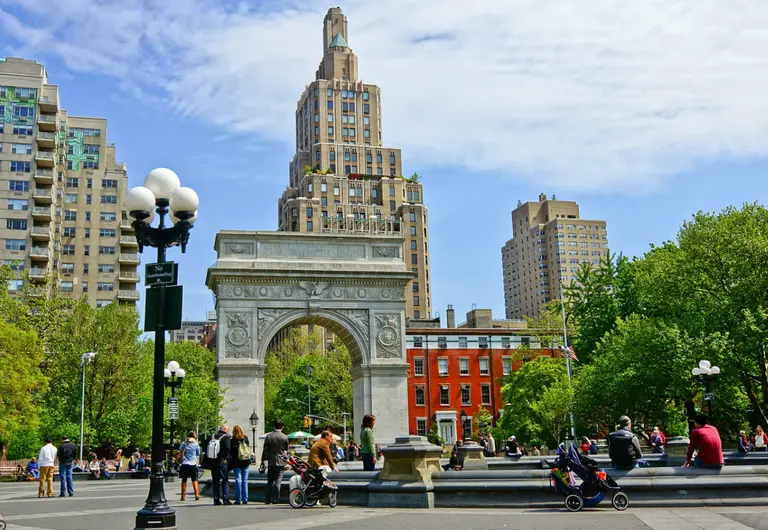
Photo via Wiki Commons
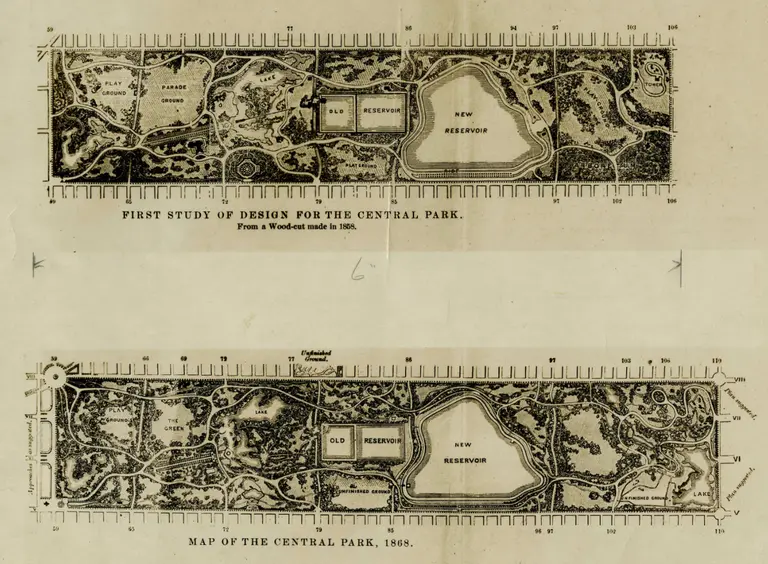
Early designs for Central Park. Image courtesy of the National Park Service, Frederick Law Olmsted National Historic Site.
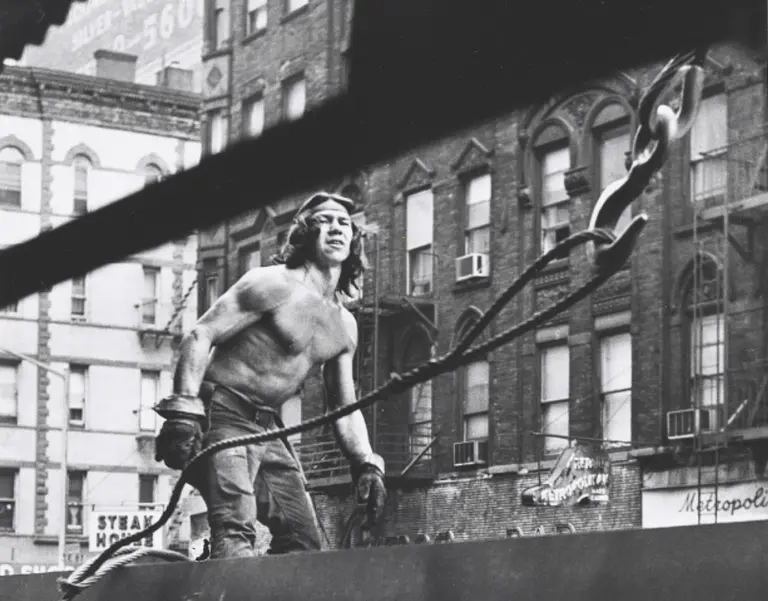
Roger Horne, a Mohawk Ironworker in the Raising Gang, ca. 1970 via the Smithsonian
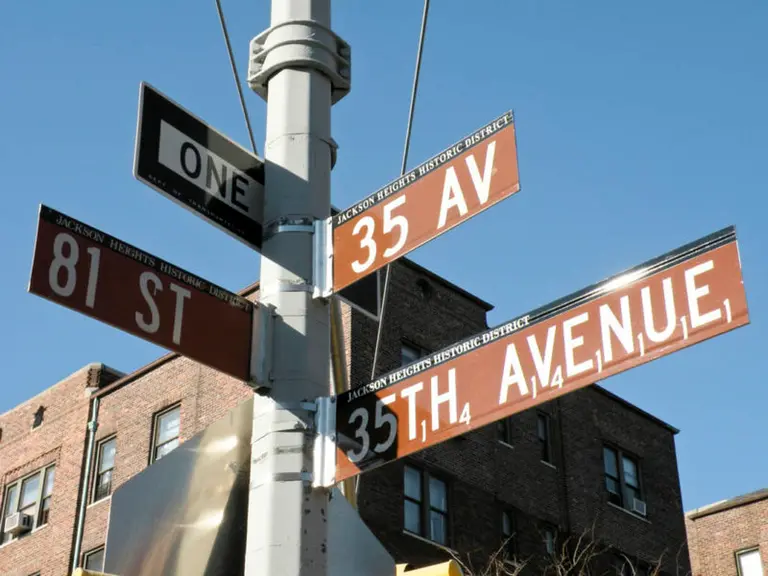
Image: Matthew D. Britt via Flickr
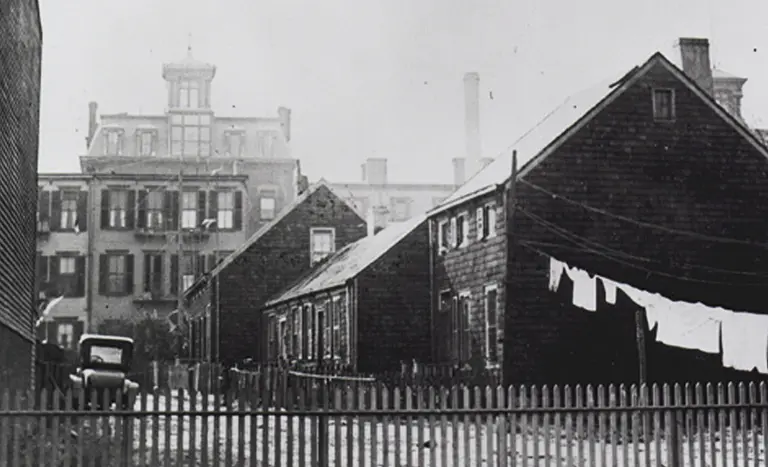
Historic Hunterfly Road Houses via the Brooklyn Historical Society
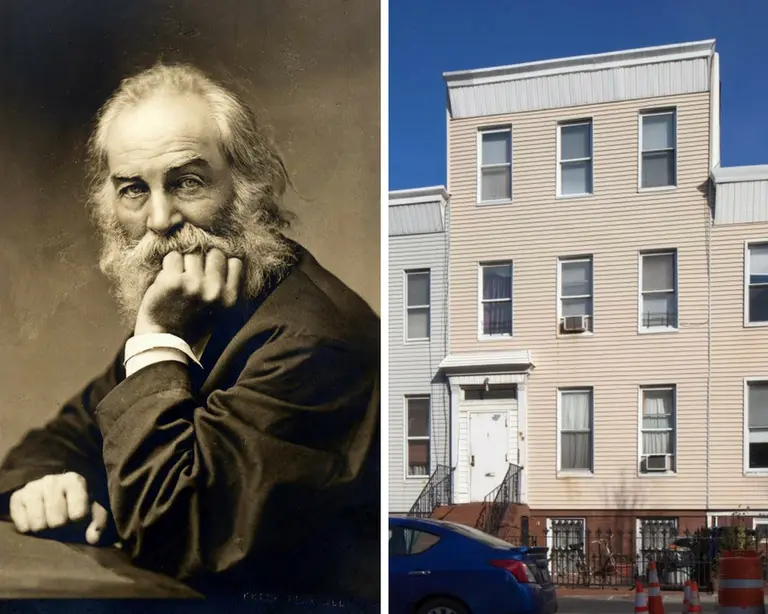
Photo of Whitman via Wikimedia; Photo of 99 Ryerson Street via NYC LGBT Historic Sites Project
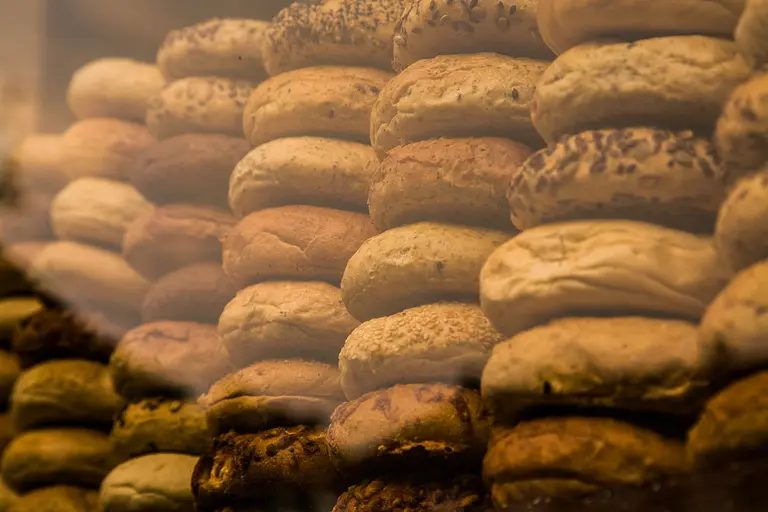
Image via Wikimedia Commons